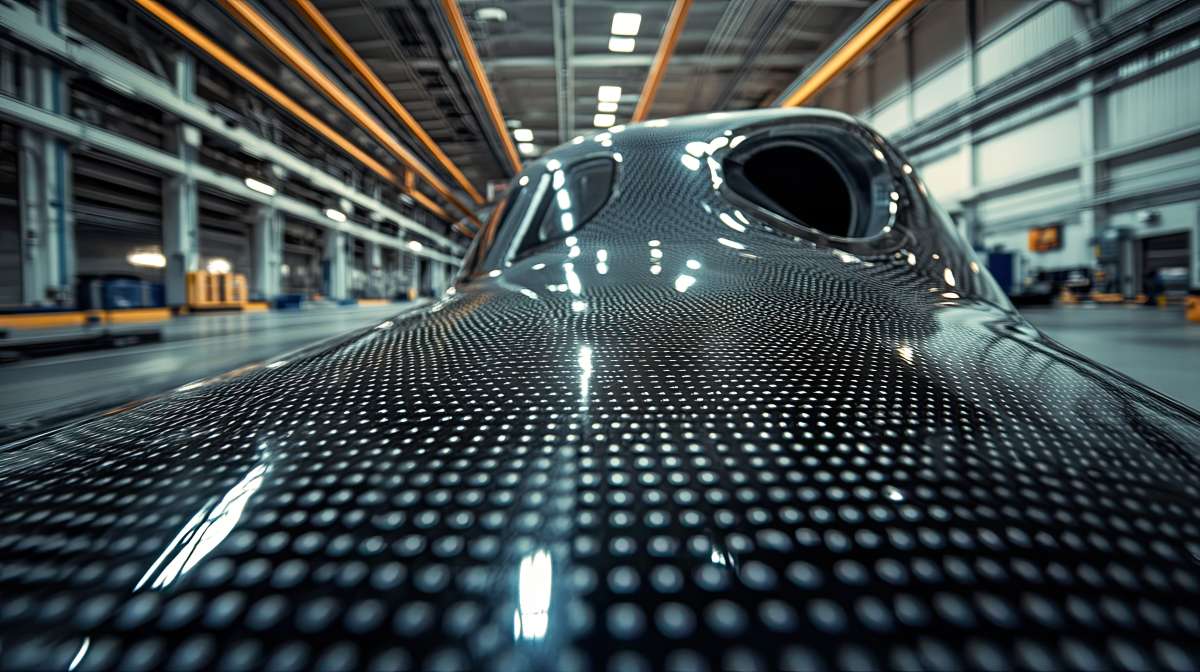Lightweighting is a critical factor driving innovation in the aerospace and automotive industries. By reducing weight, manufacturers enhance fuel efficiency, extend vehicle range, and lower emissions.
Material analysis is essential for optimizing lightweighting processes, ensuring material quality and composition. As technology advances, new materials and manufacturing techniques offer exciting opportunities for weight reduction without compromising performance or safety.

Lightweighting has become a critical strategy for optimizing product performance and environmental sustainability. Driven in part by stringent regulations such as those imposed by the International Civil Aviation Organization (ICAO) and the European Union’s CO2 emission regulations, manufacturers have achieved substantial improvements in fuel efficiency, emissions reduction, and overall operational efficiency through weight reduction strategies involving material substitution and design innovation.
The correlation between weight and performance is profound. In aerospace, eliminating one kilogram of material from an airplane reduces greenhouse gas emissions by saving 106 kilograms of jet fuel every year. The cascading effects of weight reduction extend beyond direct operational benefits, encompassing reduced material consumption, diminished transportation emissions, and optimized manufacturing processes.
The selection of appropriate materials is paramount for successful lightweighting. A wide range of options are being explored:
The future of lightweighting is driven by several key trends:
Design optimization: Advanced software tools, incorporating techniques like topology optimization, AI, and machine learning (ML), enable engineers to design lighter and stronger components by removing excess material while maintaining structural integrity.
By embracing these trends, industries can continue to push the boundaries of lightweighting and create more sustainable and efficient products.
Material analysis is a critical component of successful lightweighting strategies. By accurately characterizing material composition and properties, manufacturers can optimize material selection, identify potential defects, and ensure product quality.
Magnesium alloys are prime candidates for lightweight components in automotive and aerospace applications. Their use can significantly reduce vehicle weight, leading to improved fuel efficiency and reduced emissions. However, magnesium's inherent flammability and lower stiffness compared to aluminum pose challenges. Various alloying elements are added to magnesium to tailor its properties, enhancing its suitability for demanding aerospace applications.
Optical emission spectroscopy (OES) plays a crucial role in addressing these challenges by:
Carbon fiber composites have revolutionized the aerospace and automotive industries due to their exceptional strength-to-weight ratio and stiffness. To maximize the benefits of carbon fiber composites, precise control over fiber orientation and resin composition is essential.
Material analyzers play a crucial role in:
Gigacasting is a groundbreaking manufacturing process that produces large, complex components in a single casting operation. By consolidating several parts into one, it eliminates the need for fasteners, welds, or other joining methods that add weight. This technique offers significant weight reduction and cost savings compared to traditional assembly methods.
Gigacasting processes often use advanced aluminum alloys that are lighter and stronger than traditional materials. These alloys are engineered to provide high strength-to-weight ratios, contributing to overall vehicle lightweighting. Achieving consistent quality and dimensional accuracy requires precise control over the casting process.
Material analyzers can contribute to gigacasting success by:
By leveraging advanced material analysis, manufacturers can accelerate the development of lightweight components, reduce production errors, and ultimately achieve greater product performance and sustainability.
The use of lightweight materials can have significant environmental impacts. Even minor adjustments in material selection can lead to substantial reductions in carbon and greenhouse gas emissions, ultimately improving the environmental footprint overall.
In both the aerospace and automotive industries, lightweighting and the incorporation of advanced materials can support efforts toward a circular economy. However, it’s important to note that while lightweighting can enhance sustainability, effective recycling processes must be developed independently to ensure the quality and performance of these materials are maintained. Advanced analyzers are already being used for both recycling and research, providing precise material characterization that enhances recycling efficiency. These tools are integral to ongoing innovations in material science, ensuring that future developments are both sustainable and high performing.
Staying on top of the latest trends in lightweighting is essential for automotive and aerospace manufacturers that want to continue building products that are sustainable, durable, and cost-effective.
The future of lightweighting holds immense potential. As industries strive for improved efficiency and sustainability, material analysis will become increasingly vital in ensuring product quality and performance.
Connect with us to optimize your production.